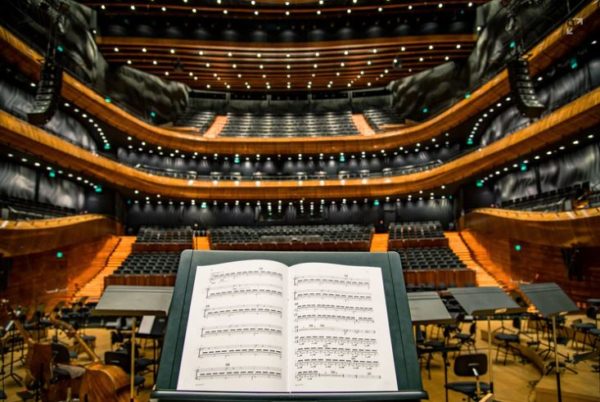Following the first and second article in the subject, this part will be the last in discovering the basics of the concerto works. In this article we focus on the structural plan of a typical concerto music in the classical and romantic era.
We established in the previous articles that for musicians the concerto was a vehicle for improvisation. The composer would finalize the orchestra part and leave the solo parts completely open or very lightly prepared. Studying the structural forms of the concertos, however, we find that they follow a very strict form.
Each movement will consist parts where the orchestra – and occasionally the solo instrument too – will play together (marked in scores with T as tutti, meaning all) and parts where the solo comes (marked S, as solo). Normally, the opening tutti will contain all the musical ideas, but Beethoven (and Mozart, too) would save something fresh for the soloist part. A composer would like to insert in the music distinctive sections to prepare the coming orchestral interjections or the solo part.
A typical fist movement looks like this: T1 – S1 – T2 – S2 – T3 – S3 – T4 – cadenza – T4.
As we see a virtuoso solo passage interrupts the final tutti!
It is easy to identify the traits of a sonata, as a concerto would consist a slow – fast – slow cycle. In this the first and last movements are strict in structure. Also, in the opening movement most often the composer will follow the sonata form, with a double exposition. This means that the solo instrument will repeat the theme(s) of the first tutti.
The finale is usually a rondo form or sonata-rondo (which combines the rondo refrain and the exposition and development of the sonata). Haydn would introduce occasional minuet (dance form) in his concerto finales.
The middle movement is the least predictable part of a typical concerto and especially so in case of Beethoven. Here, he shows great variety and originality. In his Third Piano Concerto, for example, the transitional development section is so long that it stands out almost as a separate work.
This individuality among the themes is the characteristics of the classical and romantic era concertos. Previously in the baroque period, even if a work was strong rhythmically, melodically (theme) were not very different from each other.
|Related: Was Beethoven Classical or Romantic era composer?




